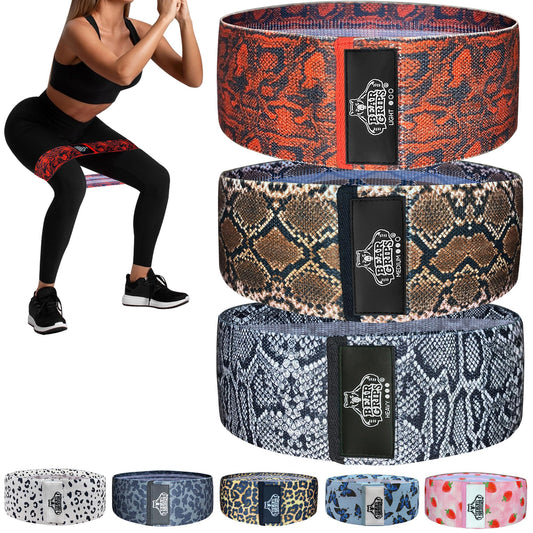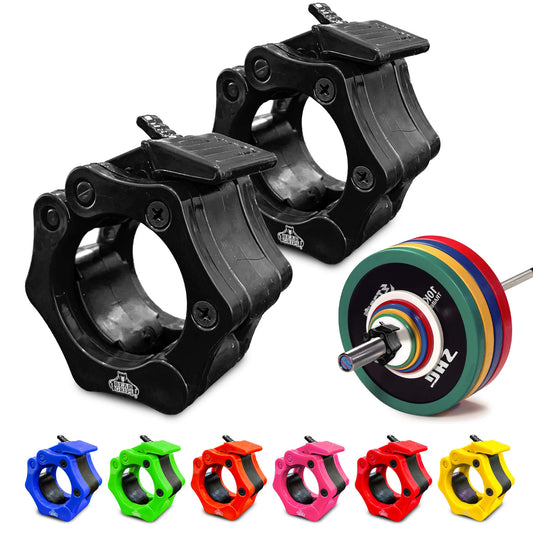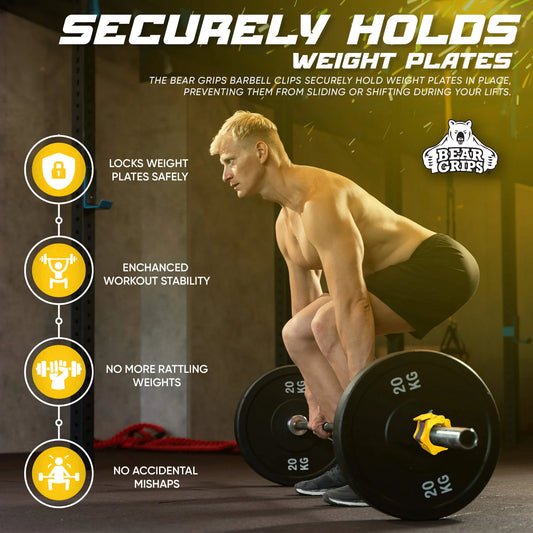CrossFit

Best booty bands workout for you
Discover the ultimate guide to achieving a sculpted and toned booty with the best booty band workouts. Learn effective exercises, tips, and routines to maximize your results and boost your...
Best booty bands workout for you
Discover the ultimate guide to achieving a sculpted and toned booty with the best booty band workouts. Learn effective exercises, tips, and routines to maximize your results and boost your...

How To Do Banded Pull-Ups (The Proper Guide For...
Discover the banded pull-ups benefits, learn proper techniques, and find tips, variations, and safety measures to maximize your upper body strength and fitness journey.
How To Do Banded Pull-Ups (The Proper Guide For...
Discover the banded pull-ups benefits, learn proper techniques, and find tips, variations, and safety measures to maximize your upper body strength and fitness journey.
Pull-up Bands - Strength & Top Applications
Discover the versatility of pull up bands! Enhance your strength training with these resistance bands and explore their top applications for a well-rounded workout.
Pull-up Bands - Strength & Top Applications
Discover the versatility of pull up bands! Enhance your strength training with these resistance bands and explore their top applications for a well-rounded workout.

How to tighten barbell collars?
Discover the essential guide on tightening barbell collars to ensure safety and efficiency during your workouts. Learn about different types of collars, step-by-step tightening instructions, and maintenance tips for long-lasting...
How to tighten barbell collars?
Discover the essential guide on tightening barbell collars to ensure safety and efficiency during your workouts. Learn about different types of collars, step-by-step tightening instructions, and maintenance tips for long-lasting...

Barbell collars: Why & which are the best for you?
Ready to upgrade your weightlifting game with the Bear Grips Barbell Clamp Collars with Quick Release? Explore and purchase the ideal barbell collars for your needs!
Barbell collars: Why & which are the best for you?
Ready to upgrade your weightlifting game with the Bear Grips Barbell Clamp Collars with Quick Release? Explore and purchase the ideal barbell collars for your needs!

How To Use The Barbell Collars?
Read the comprehensive guide by Bear Grips and learn about How To Use The Barbell Collars?
How To Use The Barbell Collars?
Read the comprehensive guide by Bear Grips and learn about How To Use The Barbell Collars?


